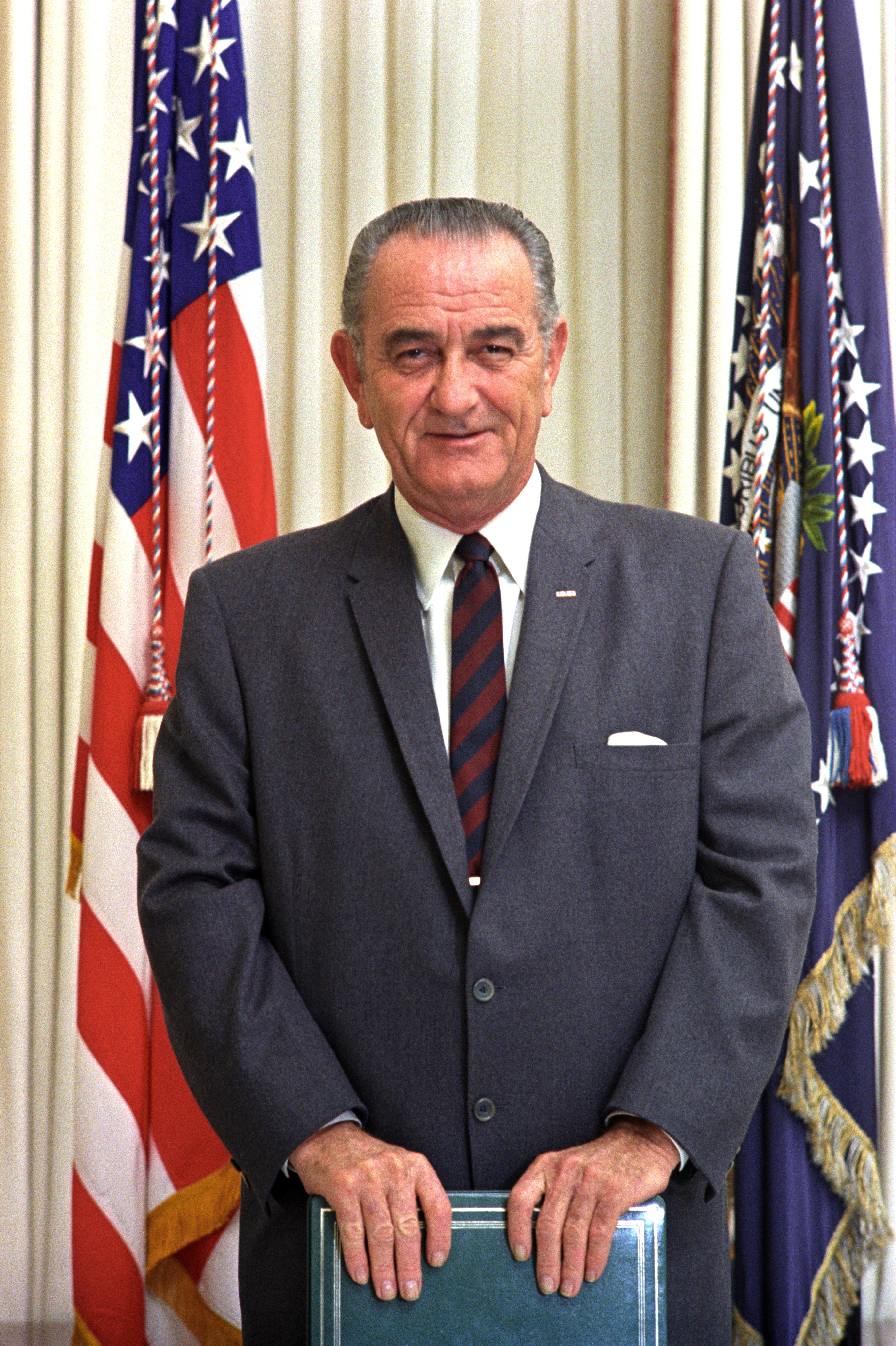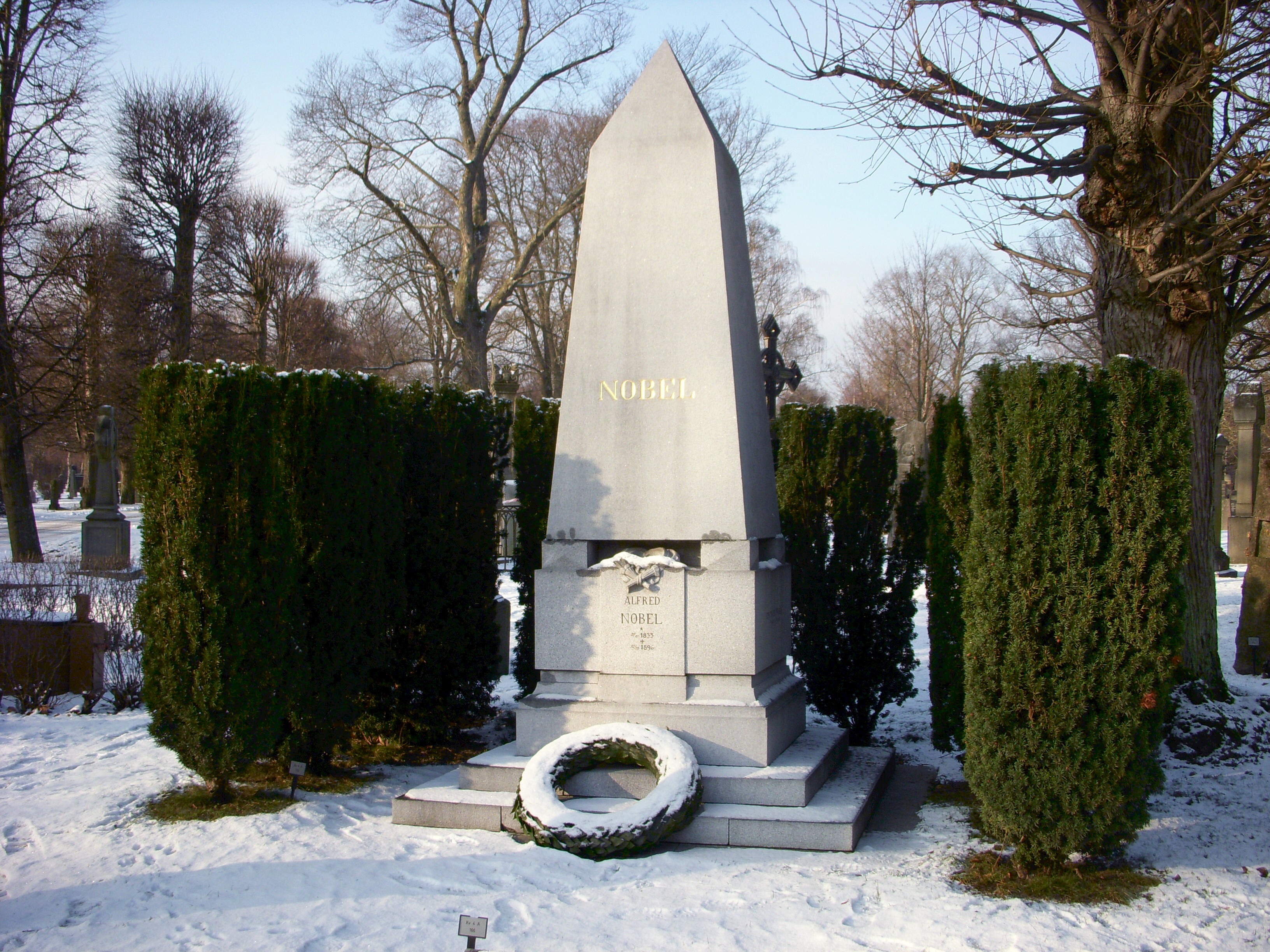|
Greta Hammarsten
Greta Hammarsten (née Norrbin) (March 22, 1896 – July 17, 1964) was a Swedish medical doctor and a pioneer of clinical chemistry in Scandinavia. Education and career Hammarsten was born in the Maria Magdalena parish in Stockholm. She left grammar school early and worked for Skandia from 1914 till 1918. From 1919, she started working as an assistant at the Karolinska Institute, where she stayed until 1927. During this time, she also studied microchemical analysis at the University of Graz in 1924 and chemistry at the Carlsberg Laboratory in Copenhagen from 1927 to 1928 and from 1930 to 1931, where she worked for S. P. L. Sørensen and Kaj Linderstrøm-Lang. She enrolled at Lund University in 1930 and became a medical licentiate and doctor of medicine in 1940. Her doctoral thesis was titled ''Eine experimentelle Studie über Calciumoxalat als Steinbildner in den Harnwegen : speziell mit Rücksicht auf die Bedeutung des Magnesiums'', in which she examined the formation of Kidney ... [...More Info...] [...Related Items...] OR: [Wikipedia] [Google] [Baidu] |
Physiological Chemistry
Biochemistry or biological chemistry is the study of chemical processes within and relating to living organisms. A sub-discipline of both chemistry and biology, biochemistry may be divided into three fields: structural biology, enzymology and metabolism. Over the last decades of the 20th century, biochemistry has become successful at explaining living processes through these three disciplines. Almost all areas of the life sciences are being uncovered and developed through biochemical methodology and research.Voet (2005), p. 3. Biochemistry focuses on understanding the chemical basis which allows biological molecules to give rise to the processes that occur within living cells and between cells, Karp (2009), p. 2. in turn relating greatly to the understanding of tissues and organs, as well as organism structure and function.Miller (2012). p. 62. Biochemistry is closely related to molecular biology, which is the study of the molecular mechanisms of biological phenomena.A ... [...More Info...] [...Related Items...] OR: [Wikipedia] [Google] [Baidu] |
Academic Staff Of The Karolinska Institute
An academy ( Attic Greek: Ἀκαδήμεια; Koine Greek Ἀκαδημία) is an institution of secondary or tertiary higher learning (and generally also research or honorary membership). The name traces back to Plato's school of philosophy, founded approximately 385 BC at Akademia, a sanctuary of Athena, the goddess of wisdom and skill, north of Athens, Greece. Etymology The word comes from the ''Academy'' in ancient Greece, which derives from the Athenian hero, ''Akademos''. Outside the city walls of Athens, the gymnasium was made famous by Plato as a center of learning. The sacred space, dedicated to the goddess of wisdom, Athena, had formerly been an olive grove, hence the expression "the groves of Academe". In these gardens, the philosopher Plato conversed with followers. Plato developed his sessions into a method of teaching philosophy and in 387 BC, established what is known today as the Old Academy. By extension, ''academia'' has come to mean the accumulation, de ... [...More Info...] [...Related Items...] OR: [Wikipedia] [Google] [Baidu] |
Lund University Alumni
Lund (, , ) is a city in the southern Swedish province of Scania, across the Öresund strait from Copenhagen. The town had 91,940 inhabitants out of a municipal total of 121,510 . It is the seat of Lund Municipality, Scania County. The Öresund Region, which includes Lund, is home to more than 4.1 million people. Archeologists date the foundation of Lund to around 990, when Scania was part of Denmark. From 1103 it was the seat of the Catholic Metropolitan Archdiocese of Lund, and the towering Lund Cathedral, built circa 1090–1145, still stands at the centre of the town. Denmark ceded the city to Sweden in the Treaty of Roskilde in 1658, and its status as part of Sweden was formalised in 1720. Lund University, established in 1666, is one of Scandinavia's oldest and largest institutions for education and research.Lund University , ''The Sol ... [...More Info...] [...Related Items...] OR: [Wikipedia] [Google] [Baidu] |
University Of Graz Alumni
A university () is an institution of higher (or tertiary) education and research which awards academic degrees in several academic disciplines. ''University'' is derived from the Latin phrase ''universitas magistrorum et scholarium'', which roughly means "community of teachers and scholars". Universities typically offer both undergraduate and postgraduate programs. The first universities in Europe were established by Catholic Church monks. The University of Bologna (), Italy, which was founded in 1088, is the first university in the sense of: *being a high degree-awarding institute. *using the word ''universitas'' (which was coined at its foundation). *having independence from the ecclesiastic schools and issuing secular as well as non-secular degrees (with teaching conducted by both clergy and non-clergy): grammar, rhetoric, logic, theology, canon law, notarial law.Hunt Janin: "The university in medieval life, 1179–1499", McFarland, 2008, , p. 55f.de Ridder-Symoens, Hilde' ... [...More Info...] [...Related Items...] OR: [Wikipedia] [Google] [Baidu] |
Swedish Biochemists
Swedish or ' may refer to: Anything from or related to Sweden, a country in Northern Europe. Or, specifically: * Swedish language, a North Germanic language spoken primarily in Sweden and Finland ** Swedish alphabet, the official alphabet used by the Swedish language * Swedish people or Swedes, persons with a Swedish ancestral or ethnic identity ** A national or citizen of Sweden, see demographics of Sweden The demography of Sweden is monitored by the ''Statistiska centralbyrån'' (Statistics Sweden). Sweden's population was 10,481,937 (May 2022), making it the 15th-most populous country in Europe after Czech Republic, the 10th-most populous m ... ** Culture of Sweden * Swedish cuisine See also * * Swedish Church (other) * Swedish Institute (other) * Swedish invasion (other) * Swedish Open (other) {{disambig Language and nationality disambiguation pages ... [...More Info...] [...Related Items...] OR: [Wikipedia] [Google] [Baidu] |
Burials At Norra Begravningsplatsen
Burial, also known as interment or inhumation, is a method of final disposition whereby a dead body is placed into the ground, sometimes with objects. This is usually accomplished by excavating a pit or trench, placing the deceased and objects in it, and covering it over. A funeral is a ceremony that accompanies the final disposition. Humans have been burying their dead since shortly after the origin of the species. Burial is often seen as indicating respect for the dead. It has been used to prevent the odor of decay, to give family members closure and prevent them from witnessing the decomposition of their loved ones, and in many cultures it has been seen as a necessary step for the deceased to enter the afterlife or to give back to the cycle of life. Methods of burial may be heavily ritualized and can include natural burial (sometimes called "green burial"); embalming or mummification; and the use of containers for the dead, such as shrouds, coffins, grave liners, a ... [...More Info...] [...Related Items...] OR: [Wikipedia] [Google] [Baidu] |
1896 Births
Events January–March * January 2 – The Jameson Raid comes to an end, as Jameson surrenders to the Boers. * January 4 – Utah is admitted as the 45th U.S. state. * January 5 – An Austrian newspaper reports that Wilhelm Röntgen has discovered a type of radiation (later known as X-rays). * January 6 – Cecil Rhodes is forced to resign as Prime Minister of the Cape of Good Hope, for his involvement in the Jameson Raid. * January 7 – American culinary expert Fannie Farmer publishes her first cookbook. * January 12 – H. L. Smith takes the first X-ray photograph. * January 17 – Fourth Anglo-Ashanti War: British redcoats enter the Ashanti capital, Kumasi, and Asantehene Agyeman Prempeh I is deposed. * January 18 – The X-ray machine is exhibited for the first time. * January 28 – Walter Arnold, of East Peckham, Kent, England, is fined 1 shilling for speeding at (exceeding the contemporary speed limit ... [...More Info...] [...Related Items...] OR: [Wikipedia] [Google] [Baidu] |
1964 Deaths
Events January * January 1 – The Federation of Rhodesia and Nyasaland is dissolved. * January 5 - In the first meeting between leaders of the Roman Catholic and Orthodox churches since the fifteenth century, Pope Paul VI and Patriarch Athenagoras I of Constantinople meet in Jerusalem. * January 6 – A British firm, the Leyland Motor Corp., announces the sale of 450 buses to the Cuban government, challenging the United States blockade of Cuba. * January 9 – '' Martyrs' Day'': Armed clashes between United States troops and Panamanian civilians in the Panama Canal Zone precipitate a major international crisis, resulting in the deaths of 21 Panamanians and 4 U.S. soldiers. * January 11 – United States Surgeon General Luther Terry reports that smoking may be hazardous to one's health (the first such statement from the U.S. government). * January 12 ** Zanzibar Revolution: The predominantly Arab government of Zanzibar is overthrown by African nationalist rebels ... [...More Info...] [...Related Items...] OR: [Wikipedia] [Google] [Baidu] |
Norra Begravningsplatsen
Norra begravningsplatsen, literally "The Northern Cemetery" in Swedish, is a major cemetery of the Stockholm urban area, located in Solna Municipality. Inaugurated on 9 June 1827, it is the burial site for a number of Swedish notables. Notable interments * Salomon August Andrée (1854–1897), polar explorer *Klas Pontus Arnoldson (1844–1916), Nobel laureate in Peace * Kurt Atterberg (1887–1974), composer * Barbro Bäckström (1939–1990), sculptor *Ingrid Bergman (1915–1982), actress *Bo Bergman (1869–1967), author, poet and lyricist * Estelle Bernadotte ''née Manville (1904–1984), American–Swedish countess * Folke Bernadotte (1895–1948), diplomat *Franz Berwald (1796–1868), classical composer * Arne Beurling (1905-1986), mathematician, professor of mathematics *Ulla Billquist (1907–1946), singer *Ulf Björlin (1933–1993), conductor and composer * August Blanche (1811–1868), writer, publicist and politician * Catharina Rosaura "Rosa" Carlén (1836–18 ... [...More Info...] [...Related Items...] OR: [Wikipedia] [Google] [Baidu] |
Einar Hammarsten
Einar Hammarsten (January 4, 1889 in Norrköping - February 16, 1968 in Solna) was a Swedish physician and professor of pharmacy and chemistry at the Karolinska Institute from 1928 to 1957. His area of research was the chemistry of the cell nucleus, in particular nucleic acids. Hammarsten was the first to discover that RNA, at that time called the tetranucleotide of yeast nucleic acid, is present in animal organs, or more specifically in the pancreas. Before Hammarsten's discovery, only guanylic acid had been found there. His doctoral dissertation in 1924 was concerned with purification of DNA, at the time called thymonucleic acid, its ionization and osmotic pressure. Hammarsten was elected to the Royal Swedish Academy of Sciences in 1937. He was a member of the Nobel Committee for Physiology or Medicine, and was himself nominated for a Nobel Prize in Physiology or Medicine in 1941. In 1918, Hammarsten married Greta Norrbin, a clinical chemistry and medical doctor at the Ka ... [...More Info...] [...Related Items...] OR: [Wikipedia] [Google] [Baidu] |
Cystinuria
Cystinuria is an inherited autosomal recessive disease characterized by high concentrations of the amino acid cystine in the urine, leading to the formation of cystine stones in the kidneys, ureters, and bladder. It is a type of aminoaciduria. "Cystine", not "cysteine," is implicated in this disease; the former is a dimer of the latter. Presentation Cystinuria is a cause of recurrent kidney stones. It is a disease involving the defective transepithelial transport of cystine and dibasic amino acids in the kidney and intestine, and is one of many causes of kidney stones. If not treated properly, the disease could cause serious damage to the kidneys and surrounding organs, and in some rare cases death. The stones may be identified by a positive nitroprusside cyanide test. The crystals are usually hexagonal, translucent, white. Upon removal, the stones may be pink or yellow in color, but later they turn to greenish due to exposure to air. Cystinuria is usually asymptomatic wh ... [...More Info...] [...Related Items...] OR: [Wikipedia] [Google] [Baidu] |





.jpg)

